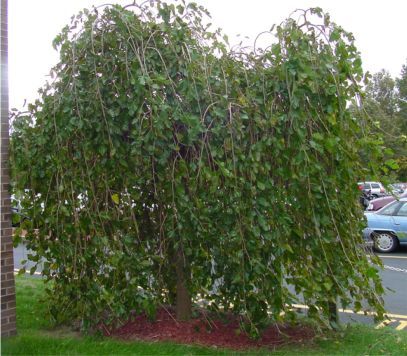White Mulberry : Overview
One of the first greetings to the Outing Club is not the bright yellow “OPEN” sign. Instead, the subtle White Mulberry tree along the side of Pearl Street greets you a few feet away. During the fall and winter months, it becomes even more inconspicuous as it loses its vibrant and multifarious array of leaves. Who would have guessed that these glossy and seemingly tattered leaves have incredible value for the silk industry?
Come late summer, the drooping ripe berries may resemble frog eggs or a cluster of maggots. Although they aren’t poisonous, they do not appear delectable and are in fact quite bland. The Mulberry is a tree that is widely used in America’s culture, as a common street name, but is underappreciated. Its true biological and cultural impact is not wholly understood. Its humble but visually satisfying presence has allowed it to remain on campus and in our gardens. The immense possibilities that the tree could contribute, ranging from medicinal uses to economic ones, are vast.
A poet, Dan Beachy was so inspired by the White Mulberry and its use in the silk industry that he wrote numerous poems, weaving references of the silkworm and the Mulberry tree into one of his complete works. Here is an excerpt from his poem, “earthliness is my book multi”, within his book Mulberry.
“a leaf grown infinite is the universe
dark but thin edible but no jaw
splits the leaf through the leaf splits
a first word divides in two
the universe and each thought
uttered already the voice atomic”

